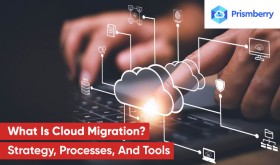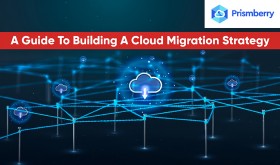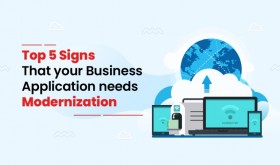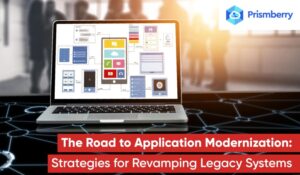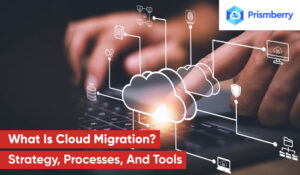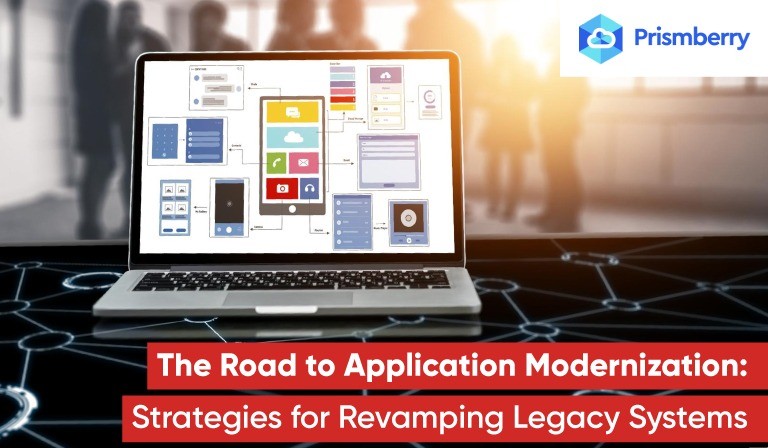
With the onset of Industry 4.0, digital transformation has become a necessity for companies across domains and sectors. Organizations across industries like banking, finance, insurance, and transportation had built enterprise applications with the most advanced technologies at the time. However, now those legacy systems are blocking companies from adapting to the evolving customer expectations.
Gartner defines the legacy application as “an information system that may be based on outdated technologies but is critical to day-to-day operations.”
Given its criticality, companies are seeking ways to modernize their legacy systems making application modernization services the most sought-after capability.
Why is application modernization important?
Legacy applications are built on technologies that are now outdated. They are prone to disruptions either through technical breakdowns or cybersecurity challenges. Moreover, updating or upgrading these systems will take months if not years as they are built on a single block of code. These applications are usually slow, affecting the productivity of your team. Since they form the foundations for most business operations, companies move slowly in modernizing them. With the world going digital-first, it has become imperative for companies to apply application modernization services.
Strategies for Modernizing Legacy Systems
Every legacy system is built at different points in time and requires different degrees of work. You must pick the modernization strategy after assessing your systems and how critical they are to your business. Most companies seek help from application modernization services to help identify an ideal strategy for digitalizing their application.
Replace legacy systems
In this strategy, you replace your existing systems with new applications that are built from scratch through an application modernization service provider. It is a fast process that gives you the freedom to adopt a system that suits your business requirements and future relevance. One example of this strategy is replacing your onsite email service with a cloud-based solution.
● Pros: It gives you immediate results so that you can expedite your digital transformation by adopting the latest features, and capabilities with easy scalability.
● Cons: It is an expensive application modernization process.
Rebuild legacy systems
This strategy will demand recreating your complete legacy application block-by-block from the ground up. You can either do it with an in-house team or use an application modernization services provider. Either way, it involves building every component ensuring that they all work and integrate seamlessly. You can use this strategy to give your application functionalities that were not possible in the legacy system.
● Pros: It gives you flexibility in modernizing your application, which means you can only digitalize necessary aspects and modernize the rest later.
● Cons: It can be expensive and time-consuming since the new components must match the legacy processes.
Rehost legacy systems
Instead of building your application from scratch, you just move your existing system to a new hosting environment, which is usually a cloud ecosystem. Shifting your legacy systems to the cloud requires little to no code changes, but allows you to leverage the advantages of cloud computing.
● Pros: You can modernize applications with minimal alterations to your source code and features.
● Cons: Moving applications to a new hosting environment may not always work, which will require you to rely on experts in application modernization services.
Re-platform legacy systems
In this strategy, you pick the components of your legacy system to a new runtime platform, which is a framework that your development team uses to work on the application. For example, you can re-platform your legacy system from UNIX to Windows. Although it seems a straightforward process, you might require application modernization services to pull it off.
● Pros: It doesn’t need you to change your existing code base, which makes this process non-disruptive.
● Cons: The success of this strategy depends on the quality of your existing code. If not, you might have to make a lot of code changes.
Refactor and re-architect legacy systems
Refactoring a legacy system involves changing selected backend components to improve application performance, adding new capabilities, and enhancing security. The parts that customers interact with remain consistent making it a low-disruptive application modernization strategy.
● Pros: It gives organizations freedom in choosing the components that they want to modernize.
● Cons: Technology limitations dictate the extent and scope of your modernization strategy.
Application modernization services are essential
Organizations need to have an unbiased and transparent evaluation of the state of their legacy systems. It is a good idea to depend on third-party application modernization services providers. With their help, you can assess your legacy systems and define a strategy that is ideal for your business operations. Understandably, the role of these service providers is critical in determining the future success of businesses. That is why you must pick an application modernization provider like Prismberry. Backed by decades of experience in migration and modernization implementation across industries, Prismberry has a strong team of experts who work closely with you to understand your business challenges and outline an effective strategy.




